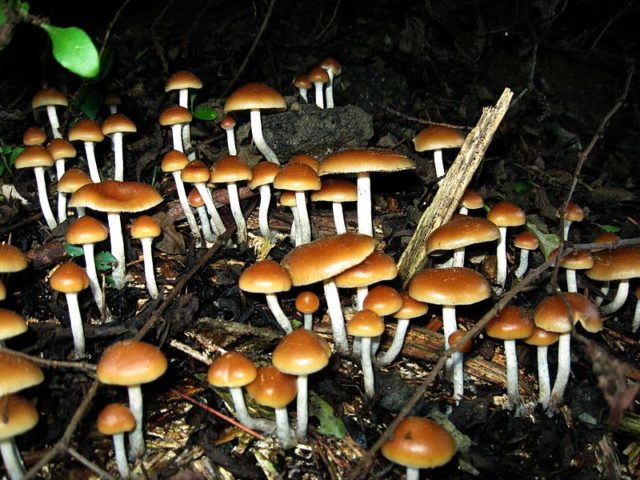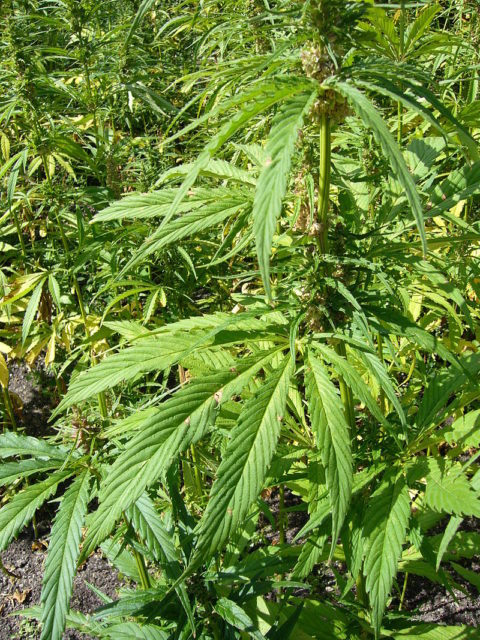Modern medicine has been transformed since the invention of anesthetic. Anesthetic numbs pain and puts patients to sleep, allowing surgeons to perform many different types of surgery without the patient being aware of what the surgeon is doing.
According to researchers, cannabis and magic mushrooms were some of the different types of mind-altering substances that could have helped to dull the pain in order for surgeons to perform brain surgeries in Bronze Age Russia, around 3,000 years ago.

Hoping to understand how ancient doctors performed their operations, a team of scientists studied evidence of early brain surgery, seen in an ancient skull discovered in Russia.
The skull belonged to a man of unknown origin whose remains were found at the Nefteprovod II burial site at Anzhevsky, which is an archaeological site in Russia’s Krasnoyarsk region.
The skull has markings from a procedure called trepanation, which is when a surgeon drills a hole in the skull to relieve pressure on the brain.
Dr. Sergey Slepchenko, a researcher at the Institute of Archaeology and Ethnography, Novosibirsk, told The Siberian Times: “The key to successful surgery was the patient’s complete trust and confidence that the surgeon had the necessary skills and knowledge to carry out such an operation.”
Ancient medics would have made sure that their patients had entered an altered state of mind to reduce their pain during the procedure, suggested Dr. Slepchenko.
Different tribes would have used different mind altering substances: the Siberian shamans used juniper and thyme, while the indigenous people of the Arctic used magic mushrooms.
Researchers suggest that cannabis would have been used mostly as a pain reliever. They were also able to tell which position the operation would have been performed in.

Dr. Slepchenko said: “Based on the shape and type of inclination of the edges, we may infer that the patient lay in a supine (flat on the back) position with the head turned to the right. The surgeon probably stood face-to-face to the patient on the left side. Or the surgeon may have fixed the head with his left arm or between his knees and operated with his right hand. Once the head was in position, the ancient medics made a wide cut through the skin and underlying tissues, before the skin was peeled off to reveal the bone. Such a dissection of the scalp was described in Hippocrates’ work – some 600 years after this Siberian trepanation.”
With regards to the instruments used, Dr. Slepchenko said: ‘We cannot definitely state that this operation was carried out with a specialized instrument. Nevertheless, some sort of medical instruments existed in Siberia and were widely used for postmortem manipulations. The shape of the hole suggests the surgical tool was used more as a scraper than a knife, which could enlarge the width of the hole. The scraping lasted until the dura mater was exposed, after which the trepanation area could be enlarged in width but never below.”
After the hole was made in the skull, the hole would have been covered over with skin. After having the invasive procedure, the skull showed signs of healing, implying that the patient lived for a long time afterwards.
A 2015 study demonstrated a trepanation from 2,500 years ago in a modern skull. Professor Krivoshapkin, a prominent Siberian neurosurgeon, copied the same techniques that were most likely used by the Altai surgeons. It took him a mere 28 minutes to perform the surgery.
He said that although it “required considerable effort,” the hole in the skull “mirrored those found in the ancient patients.”
The patient would have had to lie very still and remain calm for extended periods of time; they also would have been required to be sedated in some way to use such methods.
